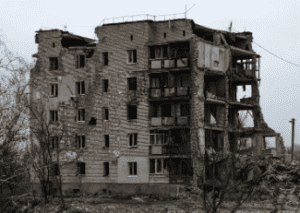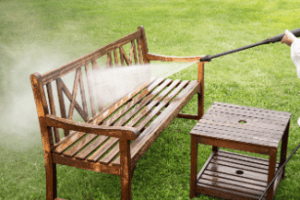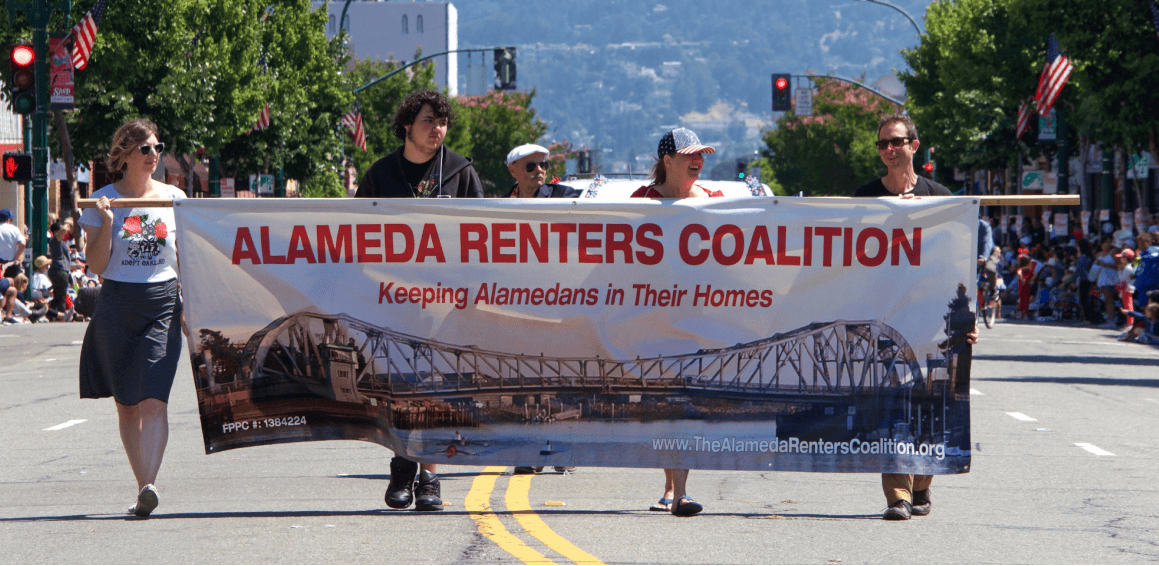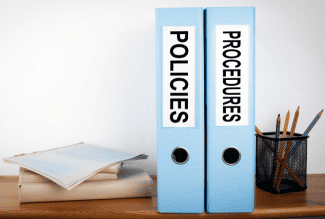3 Tips for Disaster Preparation Plans at Multifamily Communities
Proactive measures can help mitigate the physical and emotional impacts of catastrophic weather events.
Wildfires in Maui, tropical storms in California, floods in Las Vegas.

“Over the past five years, I have seen the risk of catastrophic events rise twofold,” said Lisa Gunderson, vice president of asset management for Bristol Development Group in Franklin, Tenn. “As an asset manager, I have the fiduciary responsibility to ensure we are doing everything we can to minimize those risks.”
Yet, according to the National Multifamily Housing Council’s 2023 State of Multifamily Risk Survey and Report, which includes detailed data from 160 respondents covering 1.6 million owned units and 1.5 million units under management, just 55.4 percent of those surveyed said they have a formal crisis management plan. Only 27.2 percent said they have a safety committee.
These statistics are particularly surprising given the increased risk of natural disasters and the fact that Americans aren’t shying away from living in areas that are vulnerable. In July, Redfin reported that the most flood-prone U.S. counties saw 384,000 more people move in than out in 2021 and 2022—a 103 percent increase from the prior two years. While that data applies to home buyers and not renters, it demonstrates that affordability and supply issues are driving people to live in areas where natural disasters or other catastrophes are more common.
Experts say the risks to person and property can be mitigated. Here’s what multifamily owners and operators need to do.
1. Create your plan way in advance
All of your actions to prepare for and respond to any type of natural disaster should be laid out, in writing, way before a disaster looms. While it’s easier to prepare for an event like a hurricane, where you’ll have at least a week’s notice, than a wildfire or flash flood, you still can have plans in effect to deal with any eventuality. And, as the event gets closer, you can tweak those plans to fit the specifics of the threat.
“As asset managers, we push to be proactive, instead of reactive, and that involves planning and understanding what the protocols are and then supplementing them so we have the best capability to ride out any natural disaster or unforeseen event,” Gunderson said.
In June 2021, when Tropical Storm Claudette hit Alabama, Bristol’s Meridian at the Port community in Mobile, which was in a low-lying area, was vulnerable to flooding. Management had residents evacuate their cars to avoid an expected storm surge. The community lost power for 24 hours, but Bristol was able to pivot to ensure that everyone was safe. “We were able to communicate well, both through email and text messages,” Gunderson said. “We had to work without power. I bought the onsite people a satellite phone in case they couldn’t get a cell phone call to me.”
Susan Hiteshew, vice president of risk management for AvalonBay Communities, said that employees at all levels are involved in the preparation of the company’s comprehensive disaster plans. “We think about preparedness and organizational resiliency at multiple levels within the company,” she said. “We have at each community plans specific to that community that our community teams oversee and execute. Plans at the asset level are based upon enterprise level plans for all sorts of events that occur, and we train on them, we practice them and we test them.”
Hiteshew pointed out, however, that the company’s disaster plans are “living documents” that are subject to change when necessary to respond to a situation. “We have a way of updating them and evaluating what other types of risks can come down the horizon so we can really be prepared for what comes next.”
Paying Too Much For Insurance?
Get a FREE quote to insure your rental properties for less.
2. Communication is key
To respond to a natural disaster, communication at all levels—with staff, both in-house and onsite, with residents and with emergency responders—is an absolute necessity.
Keri Pfeifer, senior vice president of operations for Bozzuto, said that assets under the company’s management face risks from hurricanes, tornadoes, nor’easters and wildfires and that residents must be kept informed throughout. “Communication is critical, especially because many of our residents in Florida are not familiar with what hurricanes bring our way,” she said. “As changes happen, we constantly update the residents. If a watch is posted, we send an email and text to let residents know. It’s not rare for us to email residents at least once a day until the threat is gone.”
Bozzuto notifies residents with critical information such as the storm’s track, the location of shelters and the importance of taking furniture off balconies, using checklists prepared in advance. “We have letters prepared that we send out by email and text,” Pfeifer said. “There is a specific protocol to make sure we are as prepared as possible. We try to be as proactive as possible.”
Hiteshew said that AvalonBay also uses checklists to communicate with residents. “We have checklists for different hazards: for pre-event, during the event and after the event so we know what we should be doing down at the asset level. The checklists are based upon what we need to do to assess the situation and how we harden the asset as well.”
3. Maintain proper insurance
Checking your insurance when a disaster threatens is not the optimal time to ensure you have adequate coverage. Experts suggest that you review your insurance with an agent or risk manager at least once a year.
Multifamily owners should have a commercial property policy that covers the buildings and protects against liability as well. Additional protection may be needed for properties in certain locations: flood insurance in Florida, for example, or earthquake coverage in California.
Oscar Seikaly, chief executive officer of NSI Insurance Group in Miami Lakes, Fla., suggests also reviewing your policy’s deductible to make sure you have sufficient cash on hand to cover your portion of any damage. “It’s important for owners to know what’s going to come out of their pockets if there’s a bad storm,” he said.
Seikaly also recommended confirming that every renter has a renters insurance policy in place to cover their personal property, protect against lawsuits for property damage or bodily injury they or their family members cause, and to cover additional living expenses if the apartment is destroyed by a disaster covered by the policy.
“A lot of landlords do not enforce this,” he said. “They put the insurance requirement in the rental agreement but don’t enforce it.”
Source: Multihousing News















 Accessibility
Accessibility